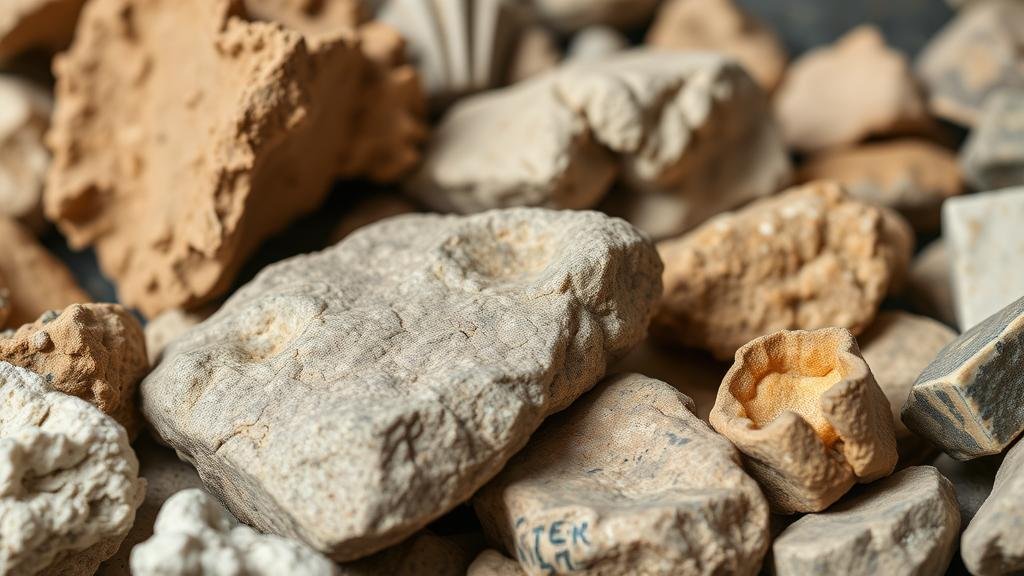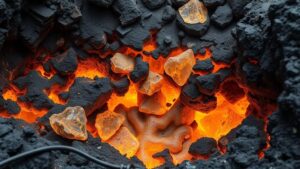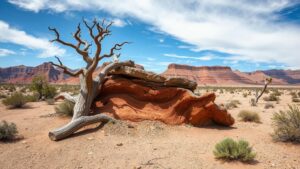The Science Market: Selling Unique Fossils and Rocks to Researchers
The Science Market: Selling Unique Fossils and Rocks to Researchers
The science market for unique fossils and rocks represents a vibrant intersection between amateur rockhounds and professional researchers. For mineral collectors, engaging in this space not only fuels passion but also opens venues for contributing to geoscience research and education. This article explores the dynamics of selling unique specimens, key considerations for collectors, and the substantial impact of these transactions on the scientific community.
The Role of Fossils and Rocks in Research
Fossils and geological specimens are invaluable resources in various scientific fields, including paleontology, geology, and archaeology. provide crucial insights into Earths history, evolutionary processes, and climate changes. For example, a well-preserved fossil can offer critical information about an organisms morphology and its ecological context. Research done on fossilized tree rings, known as dendrochronology, has played a significant role in understanding past climate conditions over centuries.
Understanding the Market Demand
The demand for unique fossils and rocks among researchers can be attributed to several factors:
- Scientific significance: Unique specimens often fill gaps in the existing knowledge base.
- Educational purposes: Many specimens are used for teaching and outreach efforts in universities and museums.
- Preservation and curation: Some researchers seek to curate rare specimens for long-term study or display.
According to the International Journal of Rock Mechanics, over 60% of geology departments in academic institutions purchase specimens yearly for various research and educational purposes. This data underscores the robust market for quality fossils and rocks.
Tips for Rockhounds and Mineral Collectors
For enthusiasts looking to sell their unique specimens, there are critical strategies to ensure successful transactions:
- Know Your Specimens: Develop a deep understanding of your collection. Accurate identification, including classifications such as ammonite, trilobite, or rare minerals, enhances your credibility as a seller.
- Provide Documentation: Authentication certificates or scientific literature supporting the significance of the specimen boosts interest and value.
- Network Strategically: Engage with researchers at conferences, workshops, or through academic publications. Building a rapport can lead to direct sales opportunities.
- Use Online Marketplaces: Platforms like eBay, Etsy, and specialized geological forums can help reach a broader audience.
Perspectives on Ethical Sourcing
While selling fossils and rocks can be lucrative, it is essential to practice ethical sourcing. Many fossilized specimens come from sensitive locations, and unethical harvesting can harm ecosystems and violate legal protections. Follow these guidelines to ensure responsible selling:
- Research local laws regarding fossil collecting and sales – different countries have varying regulations.
- Obtain specimens through legitimate channels, such as sanctioned digs or auctions from reputable institutions.
- Avoid purchasing from sources that cannot provide provenance, as this can indicate potential illegal activities.
Market Trends and Future Directions
The market for unique fossils and rocks is evolving, especially with advances in technology. For example, 3D scanning and printing technologies allow researchers to create replicas of specimens for studying, which may lead to a shift in how often original samples are purchased. Also, with the rise of environmental awareness, more collectors are considering sustainable practices in fossil collection and trade.
Real-World Applications: Examples of Successful Transactions
Several notable cases exemplify successful interactions between rockhounds and researchers. One such instance is the auction of a rare dinosaur fossil, which sold for over $2 million, attracting attention from paleontologists worldwide. This transaction illustrates the high value placed on unique specimens for research purposes. Similarly, certain mineral collections have been known to provide critical data for academic studies in mineralogy, revealing new information about mineral formation processes.
Conclusion: Making a Profound Impact
To wrap up, the science market for fossils and unique rocks presents significant opportunities for rockhounds and mineral collectors. By understanding market dynamics, adhering to ethical practices, and forming strategic networks, sellers can contribute positively to scientific research while fulfilling their passion. With the right approach, your collection can play a pivotal role in unlocking the secrets of the past and enriching scientific knowledge for future generations.
Takeaway: Embrace the opportunity to connect your passion for collecting with meaningful contributions to research by exploring legitimate avenues in the science market.



